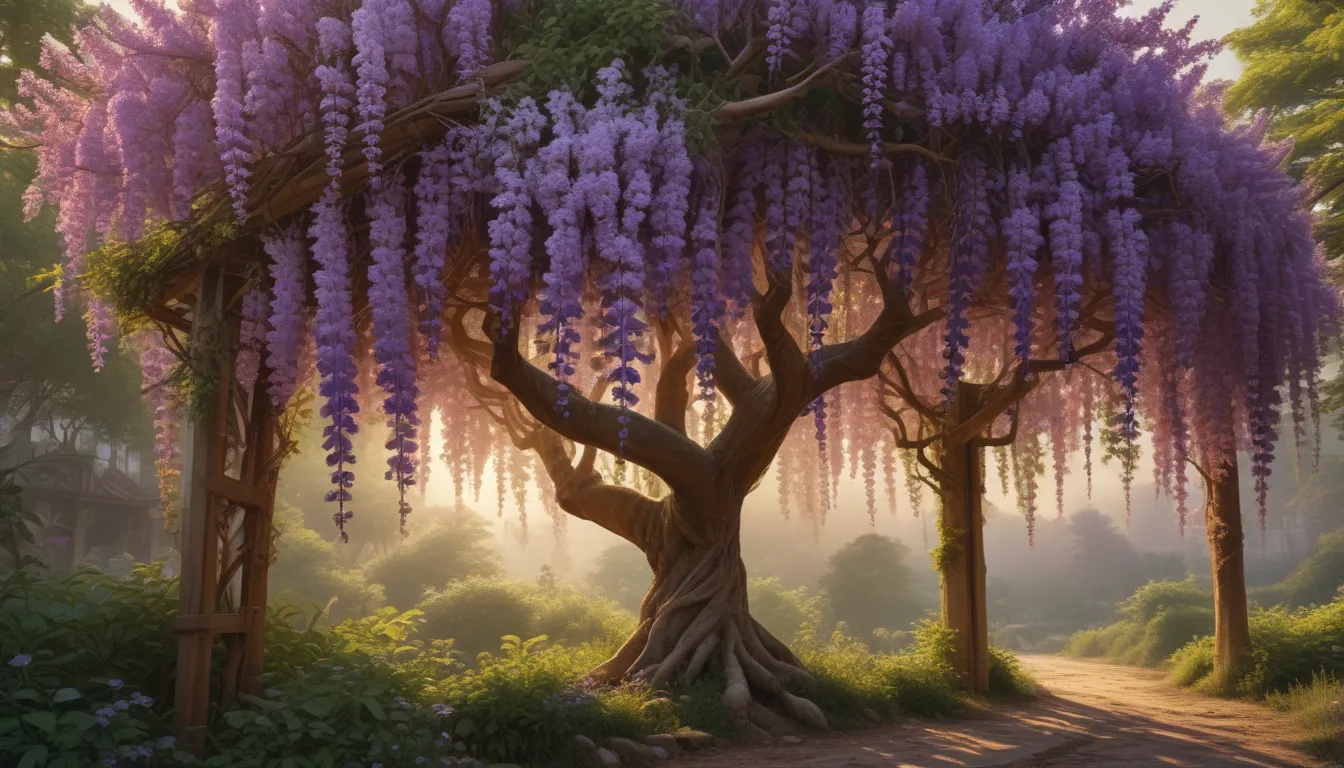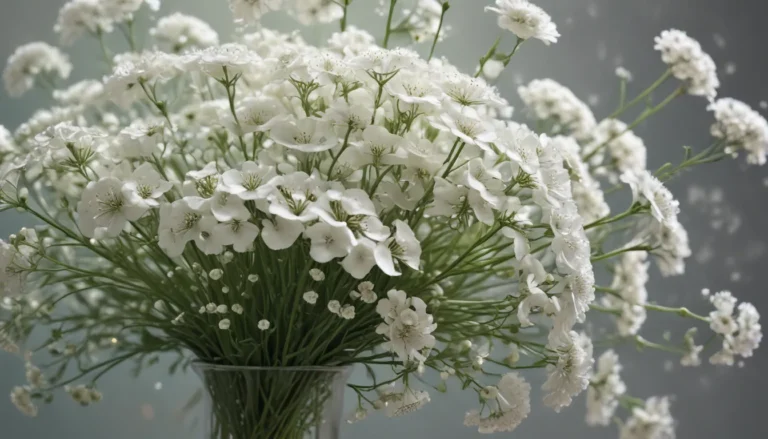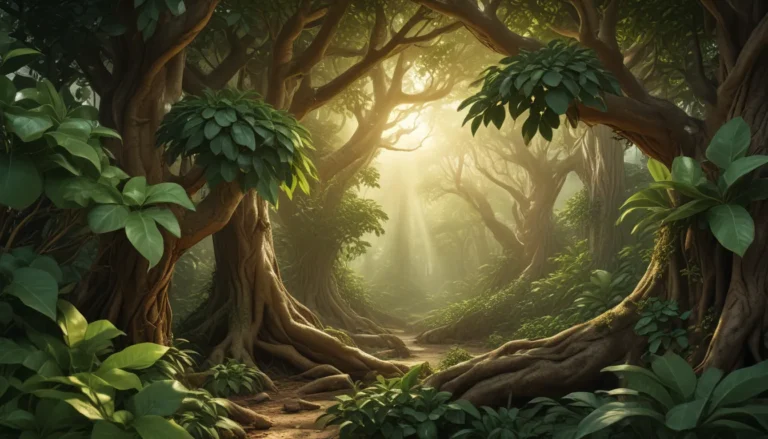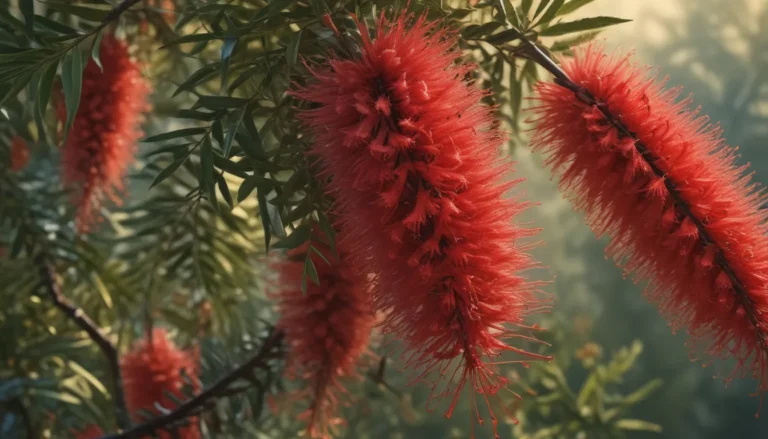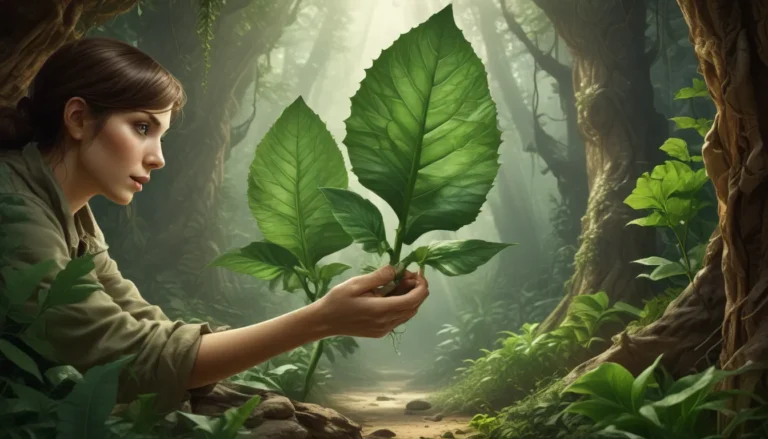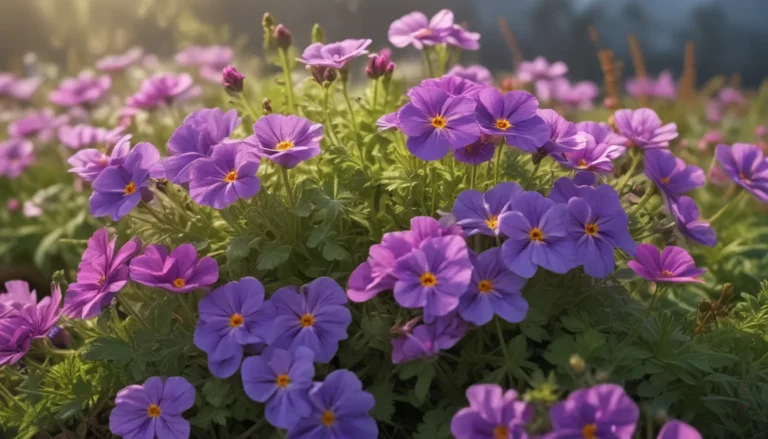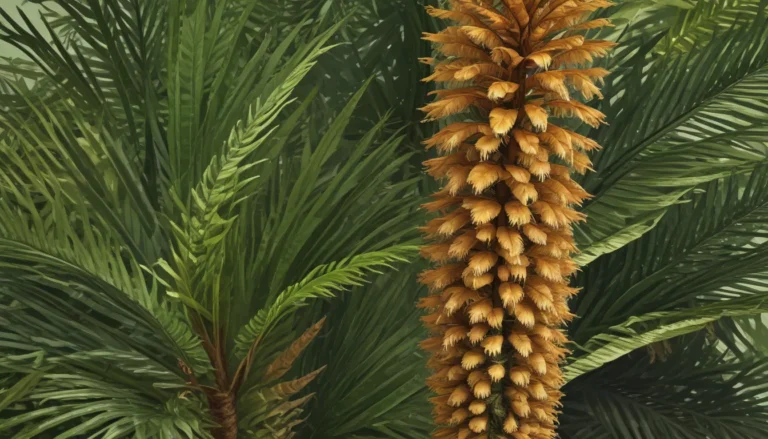The pictures we use in our articles might not show exactly what the words say. We choose these pictures to make you interested in reading more. The pictures work together with the words but don’t take their place. The words still tell you the important facts.
Are you ready to embark on an exciting journey into the magical realm of wisteria? This stunning vine, with its cascading clusters of fragrant flowers and lush green foliage, has captured the hearts of gardeners and nature enthusiasts around the world. But beyond its breathtaking beauty lies a world of captivating facts and wonders waiting to be discovered.
The Allure of Wisteria:
Let's start by exploring the enchanting beauty of wisteria, a flower that can turn any landscape into a whimsical wonderland. This stunning vine is best known for its cascading clusters of fragrant and vibrant blooms, making it a favorite choice for gardeners looking to add a touch of elegance to their outdoor spaces.
The Longevity of Wisteria:
Did you know that wisteria can live for over a century with proper care and maintenance? This longevity makes wisteria a remarkable plant that can bring beauty and elegance to outdoor spaces for generations to come.
A Riot of Colors:
While the traditional purple hue of wisteria is most common, you might be surprised to learn that this captivating flower comes in a variety of colors, including pink, white, and even blue. These vibrant blooms symbolize love and attract pollinators, making wisteria a valuable addition to any garden seeking to promote biodiversity.
The Fast-Growing Wonder:
Wisteria is renowned for its vigorous growth rate, often reaching impressive heights of up to 30 feet in just a few years. Its ability to climb and spread rapidly, if not managed properly, can make it quite invasive. However, with careful attention and proper care, wisteria can be trained to grow in various forms, creating stunning natural archways and providing shade for outdoor spaces.
A Symbol of Love and Romance:
In many cultures, wisteria is associated with love, romance, and beauty. Its alluring flowers are often used in weddings and other celebrations as a symbol of everlasting love. The symbolism attached to wisteria adds an extra layer of enchantment to this already mesmerizing plant.
Embracing Different Climates:
While wisteria thrives in temperate climates, there are cold-hardy varieties that can withstand freezing temperatures. This allows gardeners in colder regions to enjoy the beauty of wisteria in their landscapes. With the right conditions, wisteria can bloom in the spring, adorning gardens with its spectacular and fragrant flowers.
The Medicinal Wonder:
Certain parts of the wisteria plant, including the flowers, bark, and leaves, have been used in traditional medicine for their potential healing properties. However, it's important to exercise caution and seek guidance from a healthcare professional before using wisteria for medicinal purposes.
Unveiling the Mysteries of Wisteria:
From its captivating beauty to its symbolic meaning, wisteria is a plant that continues to enchant and inspire gardeners and nature enthusiasts worldwide. Whether you're looking to add a touch of elegance to your garden or simply want to appreciate the natural beauty that surrounds you, wisteria is a plant worth exploring and incorporating into your outdoor spaces.
FAQs: Answering Your Burning Questions
-
How fast does wisteria grow?
Wisteria is known for its rapid growth rate, with the ability to grow up to 10 feet in a single season under ideal conditions. -
Do all wisteria plants produce fragrant flowers?
Not all wisteria plants produce fragrant flowers. While Chinese wisteria has highly fragrant blooms, Japanese wisteria has less fragrant flowers. -
Are there any special care requirements for wisteria?
Wisteria requires full sun exposure, well-draining soil, regular pruning, and proper support for its vines to climb on to thrive. -
Can wisteria damage structures?
Yes, if not properly maintained, wisteria vines can grow large and heavy, potentially causing damage to structures. Regular pruning and monitoring are essential to prevent any damage. -
Is wisteria toxic to pets?
All parts of the wisteria plant are toxic to pets if ingested, so it's crucial to keep pets away from wisteria plants to avoid any potential poisoning incidents. -
Can wisteria be grown in containers?
Wisteria can be grown in containers with careful attention. The container should be large enough for the plant's root system, and regular pruning is necessary to control its growth.
Embracing the Magic of Wisteria:
As we close the chapter on our exploration of wisteria, remember that this remarkable plant has the power to transform your outdoor spaces into oases of beauty and tranquility. Whether you're a seasoned gardener or a nature enthusiast, wisteria offers a world of possibilities to explore and enjoy. So go ahead, embrace the magic of wisteria, and let its enchanting qualities captivate your senses and nourish your soul.
